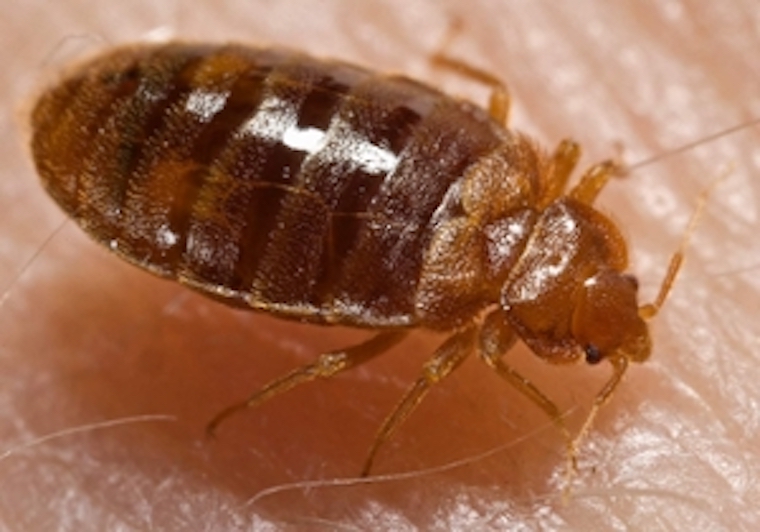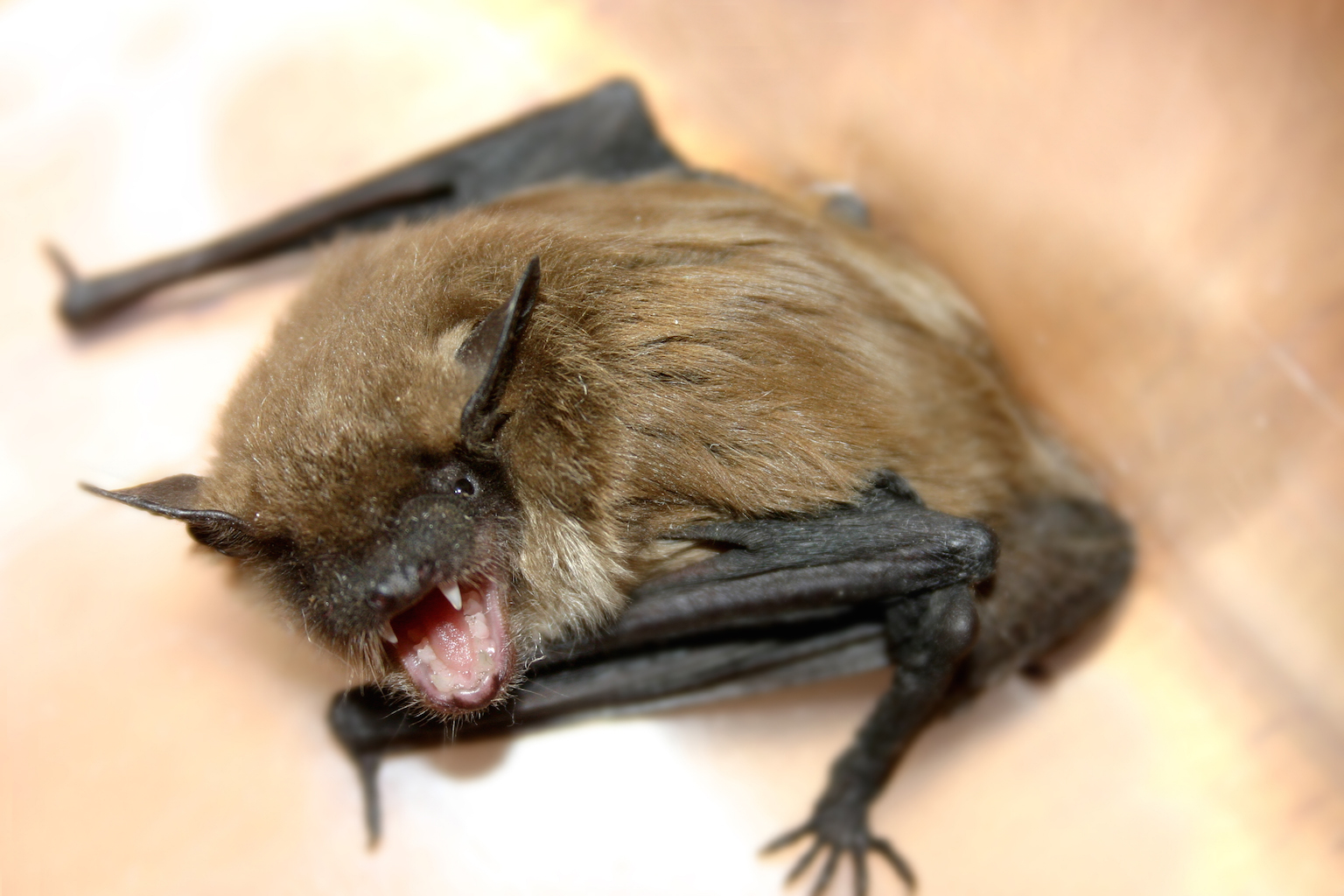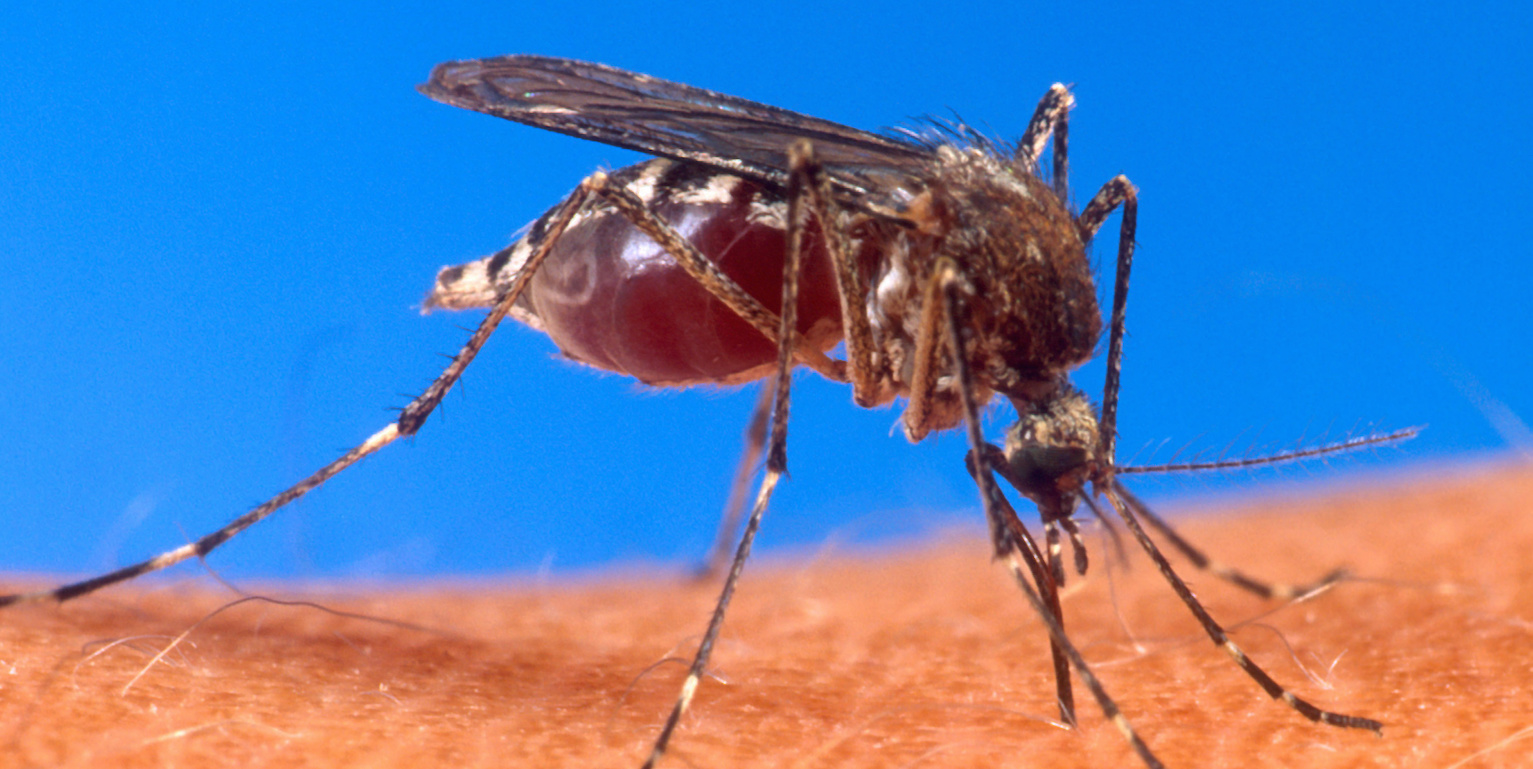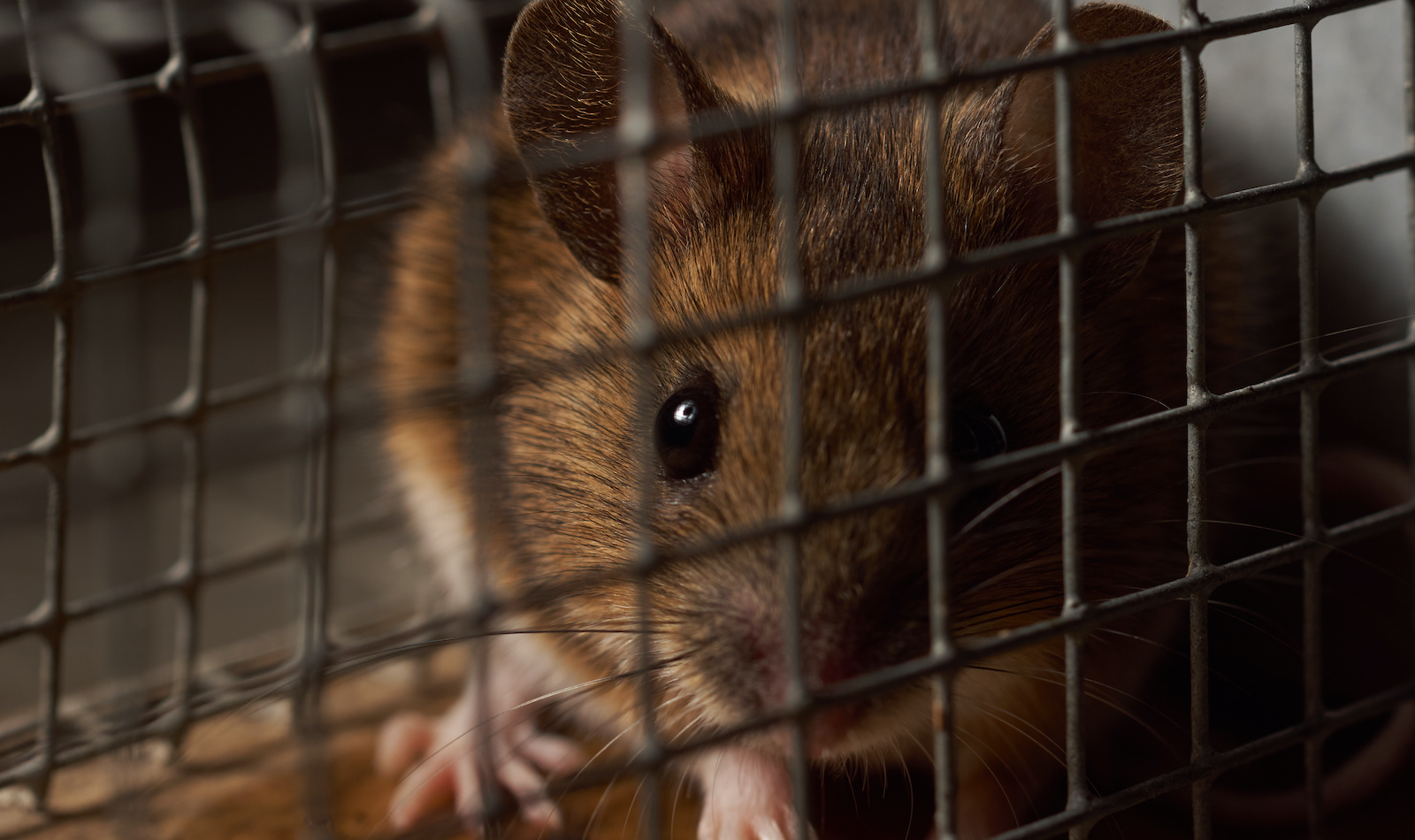A pest is any animal, plant, or other organism that causes injury or emotional distress to people or damage to buildings, landscaping, crops, or other outdoor areas. Pest management includes all of the strategies employed to prevent pests from causing injury or damage. It includes professional pest control and removal as well as strategies that professionals and individuals can implement to exclude pests from environments where they are not wanted and deny them the safe harbor, food, and water that they need to survive through building maintenance, housekeeping, and routine monitoring.
At IU, interior and exterior pest control and removal is provided by Facility Operations or RPS professionals. Needs for these services should be communicated to your building management staff.
While all pests are nuisances in some way, some are also vectors, which are living organisms that can transmit infectious diseases between humans or from animals to humans. Diseases transmitted from animals to humans are referred to as zoonotic diseases. IUEHS focuses on providing guidance and educational resources to address nuisance pests that cause public health concerns and vector pests that harbor and spread disease. The sections below provide information and steps that you can take to help protect yourself and the IU community.





